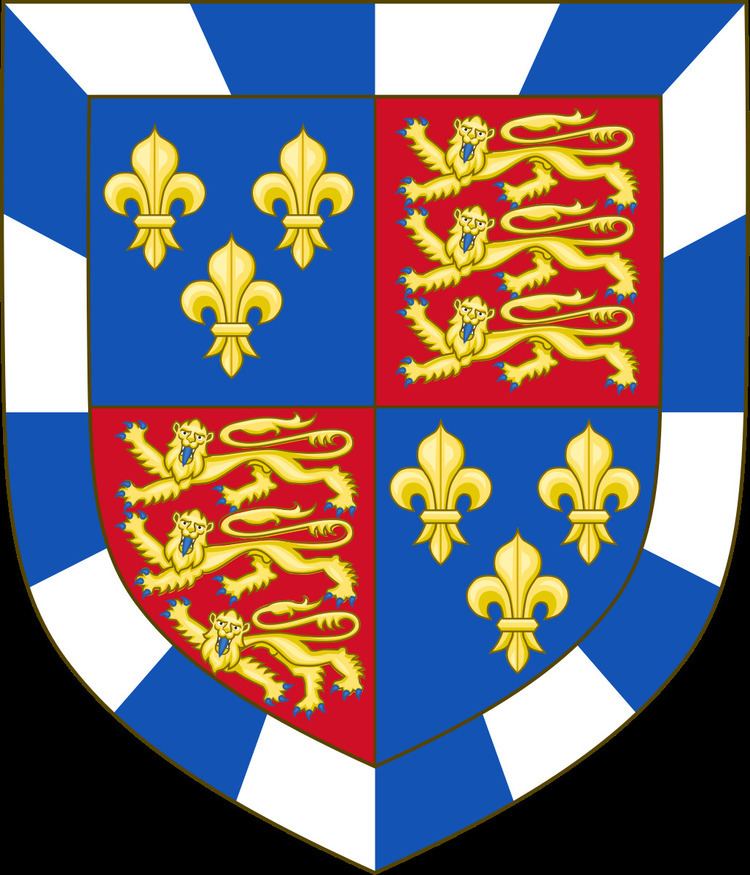Founded 1373 | ||
 | ||
Titles Duke of SomersetMarquess of WorcesterEarl of WorcesterEarl of GlamorganBaron Beaufort Current head David Somerset, 11th Duke of Beaufort | ||
The House of Beaufort is an English noble family, which originated in the fourteenth century and played an important role in the Wars of the Roses in the fifteenth century. The name Beaufort refers to Montmorency-Beaufort [France, département de l'Aube, Champagne], once the possession of John of Gaunt, 1st Duke of Lancaster, third son of King Edward III.
Contents
The family is descended from John Beaufort (1373–1410), John of Gaunt's son by his then-mistress Katherine Swynford. Gaunt married Swynford in 1396, and their children were legitimized by Richard II and Pope Boniface IX. They had three other children, also Beaufort: Henry, Thomas, and Joan.
History
The Beauforts were a powerful and wealthy family from the start, and rose to greater power after their (half-)brother and uncle became King Henry IV in 1399. However, in 1406, Henry IV decided that although the Beauforts were legitimate, their genetic line could not be used to make any claim to the throne. John Beaufort had already been created Earl of Somerset in 1397. His second son John became the first Duke of Somerset in 1443.
The third son, Henry, became a bishop, Lord Chancellor, and a Cardinal; the fourth son, Thomas, became Duke of Exeter; and the daughter, Joan, married Ralph de Neville, 1st Earl of Westmorland. Joan had the most pedigree, her many descendants including the Dukes of York, Warwick the "Kingmaker", the Dukes of Norfolk, the Dukes of Buckingham, the Earls of Northumberland, and Henry VIII's last queen, Catherine Parr.
When the dynastic struggle known as the Wars of the Roses broke out in the later fifteenth century, the Beauforts were the chief supporters of Henry VI and the House of Lancaster.
Henry VII traced his claim to the English crown through his mother, Margaret Beaufort, granddaughter of John Beaufort, and great-granddaughter of John of Gaunt. (Since all legitimate male line descendants of John of Gaunt were dead, the original exclusion of the Beaufort line was set aside.)
The Beauforts suffered heavily in the Wars of the Roses. Edmund Beaufort, 2nd Duke of Somerset and his three elder sons were killed in the war, leaving no legitimate male heir. The male line was continued through Charles Somerset, 1st Earl of Worcester, illegitimate son of Henry Beaufort, 3rd Duke of Somerset.
Henry Somerset, 3rd Marquess of Worcester (1629–1700) was the great-great-great-great-grandson of Charles Somerset. He assisted in the Restoration to the throne of Charles II. In 1682, Charles created Henry Somerset the first Duke of Beaufort.
The Beaufort family in the male line is today represented by its cadet branch the House of Somerset, whose senior representative is David Somerset, 11th Duke of Beaufort.
Notable Beauforts
These included:
